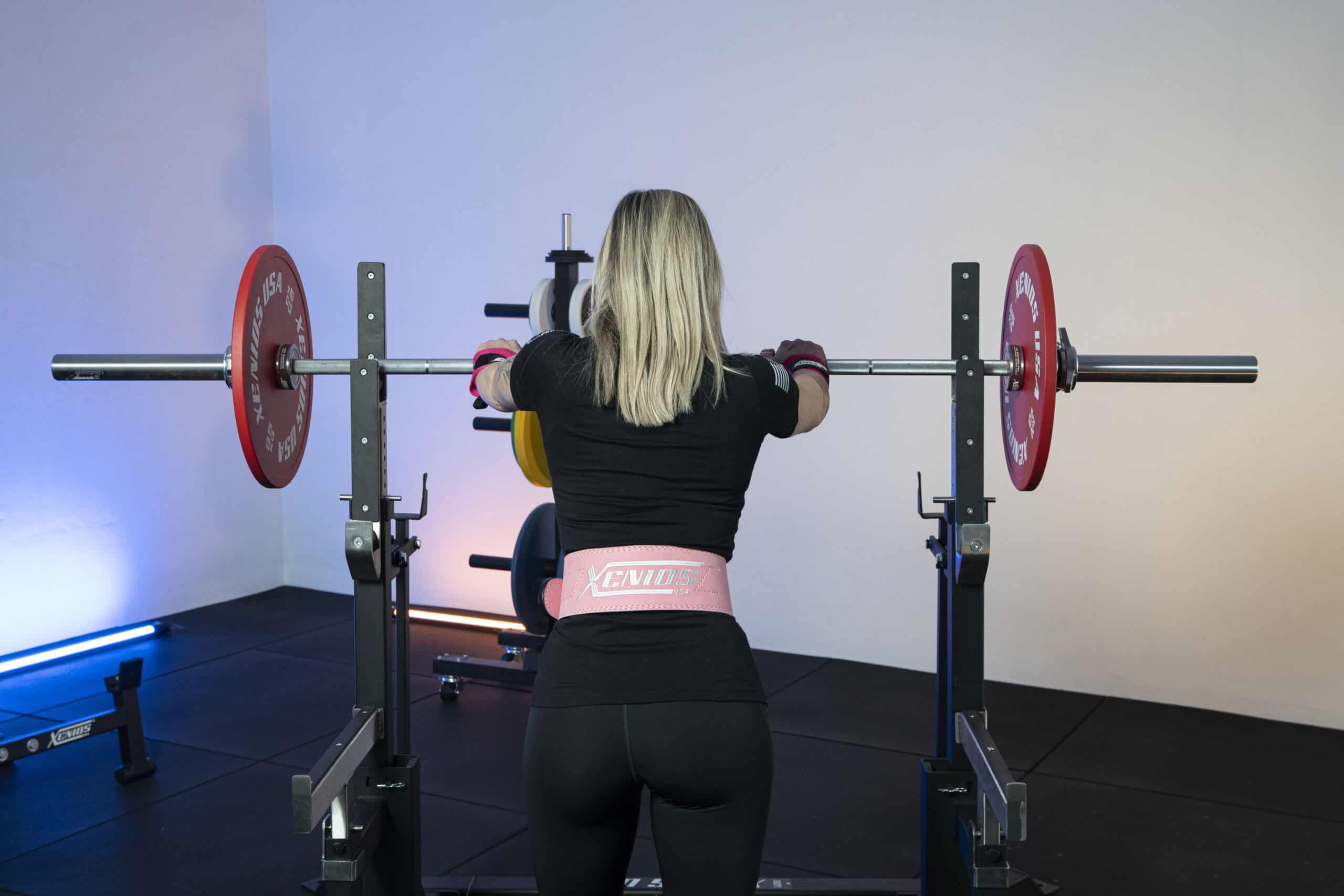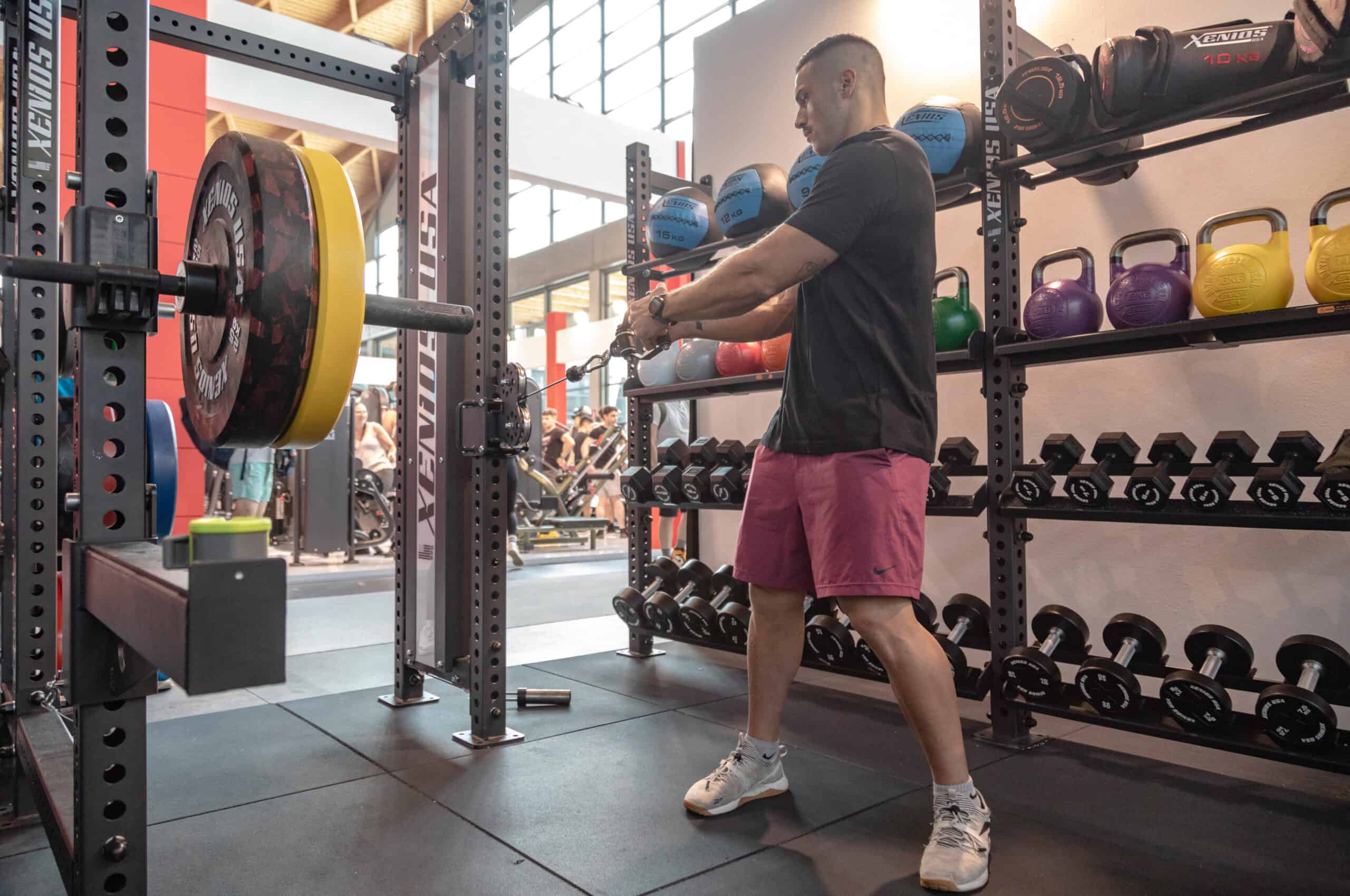In the last ten years, physical exercise has become a vital aspect of life of every individual due to its benefits and multifactor properties that are by now well recognized. In addition to its characteristics in the treatment of illnesses, it’s become a part of daily life even in those who consider themselves healthy but desire to stay in shape and in good health.
From this point of view, it’s desirable to adopt a lifestyle that’s physically active and have a motivation for a physical and physiological improvement in order to stay healthy and live a high quality of life.
- Fitness and alimentation: what you should absolutely know
- Requirements of those who practice sports
- What differentiates a sportive person’s diet
- Pre and post workout: the necessary nutrition
It seems clear that it’s impossible to not talk about nutrition when it comes to training and a healthy lifestyle.
There’s a close connection between nutrition and fitness, although it’s impossible to give rules that are too general to adapt to everyone. What you need when doing sports depends entirely on your personal metabolism, your training level, and which sport you practice.
Fitness and alimentation: what you should absolutely know
Let’s immediately debunk a popular, but false conviction: those who go to the gym or practice a sport are always on a diet. The term “diet”, with Greek and Latin origins, literally means “lifestyle, habits, way of life” and represents a combination of foods and of water that one should consume everyday in order to guarantee a correct nutritional intake.
As a result, the diet, although we often think of it as a period more or less of restrictions, isn’t exclusively privative but rather represents a nutrition regime that every person has to adopt in order to nourish themselves in an adequate way. A diet results adequate if it provides all nutritive substances that the body needs.
It’s obvious that a certain number of calories have to be consumed daily, with a specific composition, in order to properly carry out any type of physical activity. Nonetheless, to nourish yourself correctly, you have to consider multiple factors like the goal and the composition of the body. Furthermore, the composition and schedule of meals, time management, the intensity, duration and frequency of workouts and the amount of sleep and recovery each play an important role in performance.
Nutrition for someone who does sports, at any intensity level, differentiates from that of a sedentary person especially from a quantity point of view. That’s to say that the needs related to energy expenditure and recovery also require small, but extremely significant adjustments from a qualitative point of view.
If nutrition, considering the needs of a sportive person, doesn’t allow the “creation” of a champion, it’s also true that an incorrect alimentation can compromise the potential for success for that person, just like it can create difficulties among normal people who exercise.
It’s clear then that the actual dietetic recommendations for athletes and those who practice sports coincide mostly with the nutritional indications that are elaborated for the general population.

Requirements of those who practice sports
Those who do physical activity don’t need diets that are extremely different from healthy and physically active people in terms of the distribution of macro and micro nutrients, or rather, all specific substances that must be taken in sufficient quantities to satisfy the well-being of the body. They can have an energetic, constitutive, or regulatory function.
Foods are the main source of nutrients and other substances with a positive effect (for example: fibers, probiotics) or negative (for example: toxins) on health.
Carbohydrates represent the main energy source during exercise and also recovery, while proteins have a fundamental role in the development and functioning of all organs and tissues. Lipids are an important source of energy and can serve as storage since they’re used more slowly than carbohydrates that are present in the main concentration of the body.
In fitness nutrition, the quantity of carbohydrates has to represent 55-65% of the share of daily total energy, meanwhile the requirement of protein is just slightly higher in athletes that practice intense physical activity.
What differentiates a sportive person’s diet
There are three main points in which the alimentation for those who go to the gym or practice fitness in general differs from the guidelines for the general population:
1 – The caloric-energy variations that can characterize the various moments of the sport season (preparation phase, competition phase, recovery phase).
2 – An adequate water and electrolyte supply.
3 – Time organization and the composition of meals through the day.
Physiology teaches us that the human body goes through important hormonal changes and as a result even by working out, that’s why it’s important to meticulously take care of our pre and post workout meals, which should have the necessary amount of macronutrients.
The timing of nutrients is a nutritional strategy and consists of consuming a combination of nutrients, primarily proteins and carbohydrates, during and around training sessions.
Theoretically, eating the right proportion of nutrients in this time interval not only helps the reconstruction of muscular tissue that’s damaged but also the recovery of the energy reserves, and it does it in a way that the body composition and sports performance improves significantly.
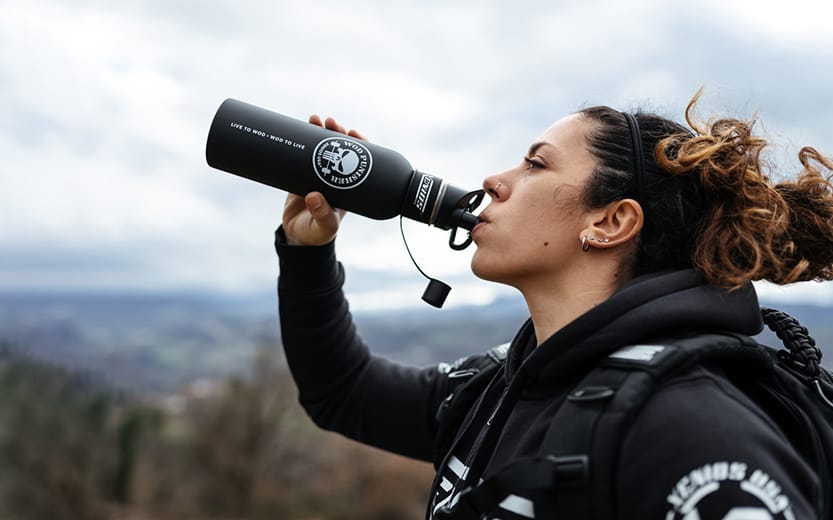
Pre and post workout: the necessary nutrition
The general principle is that you should do sports when your blood sugar is at an optimal level: if it’s too high than you risk it suddenly decreasing during training with a possible worsening of performance and ineffectiveness of the training as a whole. As a result, it’s not true that one should eat right before training, even if it’s just a piece of fruit or a granola bar as is often seen or suggested.
There are people that are able to withstand very well trainings while fasting, with others that notice a decrease in performance if they haven’t eaten in the 2-3 hours beforehand.
Try to find a good rule that could be to eat the last meal or snack at least two hours before training: its composition and its quantity should depend on your metabolism, requirements and composition and number of other meals you’ve had during the day.
Workouts while fasting aren’t the best or the worst, surely they don’t help you lose weight faster, but they can be done as long as the body is metabolically ready to sustain it and the post workout meal is adequate.
During training, of any kind, the body uses on a considerable part of muscle glycogen. At the end of the training, the priority is to restore these sugar reserves by eating carbohydrates post-sport. If you don’t consume the correct amount of carbohydrates in your post workout, you’ll experience a worse recovery, with repercussions on the workouts that follow.
The quantity and quality of carbohydrates that you should consume depend on the type of training done and its goals, it’s difficult to establish a general rule. The general rule is that the more intense and long the training is, the more you need simple carbohydrates at a high glycemic index.
Based on individual requests, the one between fitness or the gym or nutrition is an essential combination, a relationship that has to have the details taken care of and nurtured for both realities to work and bring progressive and long lasting improvements in the medium and long term.
Bibliography:
- Pedersen, B.K.; Saltin, B. Exercise as medicine—Evidence for prescribing exercise as therapy in 26 different chronic diseases. Scand. J. Med. Sci. Sports 2015, 25 (Suppl. S3), 1–72.
- Haupt, S.; Eckstein, M.L.; Wolf, A.; Zimmer, R.T.; Wachsmuth, N.B.; Moser, O. Eat, Train, Sleep—Retreat? Hormonal Interactions of Intermittent Fasting, Exercise and Circadian Rhythm. Biomolecules 2021, 11, 516.
- Challet, E. The circadian regulation of food intake. Nat. Rev. Endocrinol. 2019, 15, 393–405.
- Parr, E.B.; Heilbronn, L.K.; Hawley, J.A. A Time to Eat and a Time to Exercise. Exerc. Sport Sci. Rev. 2020, 48, 4–10.
- Mul, J.D.; Stanford, K.I.; Hirshman, M.F.; Goodyear, L.J. Exercise and Regulation of Carbohydrate Metabolism. Prog. Mol. Biol. Transl. Sci. 2015, 135, 17–37.
- Schoenfeld BJ, Aragon A, Wilborn C, Urbina SL, Hayward SE, Krieger J. Pre- versus post-exercise protein intake has similar effects on muscular adaptations. PeerJ. 2017 Jan 3;5:e2825.
- Arent SM, Cintineo HP, McFadden BA, Chandler AJ, Arent MA. Nutrient Timing: A Garage Door of Opportunity? Nutrients. 2020 Jun 30;12(7):1948.

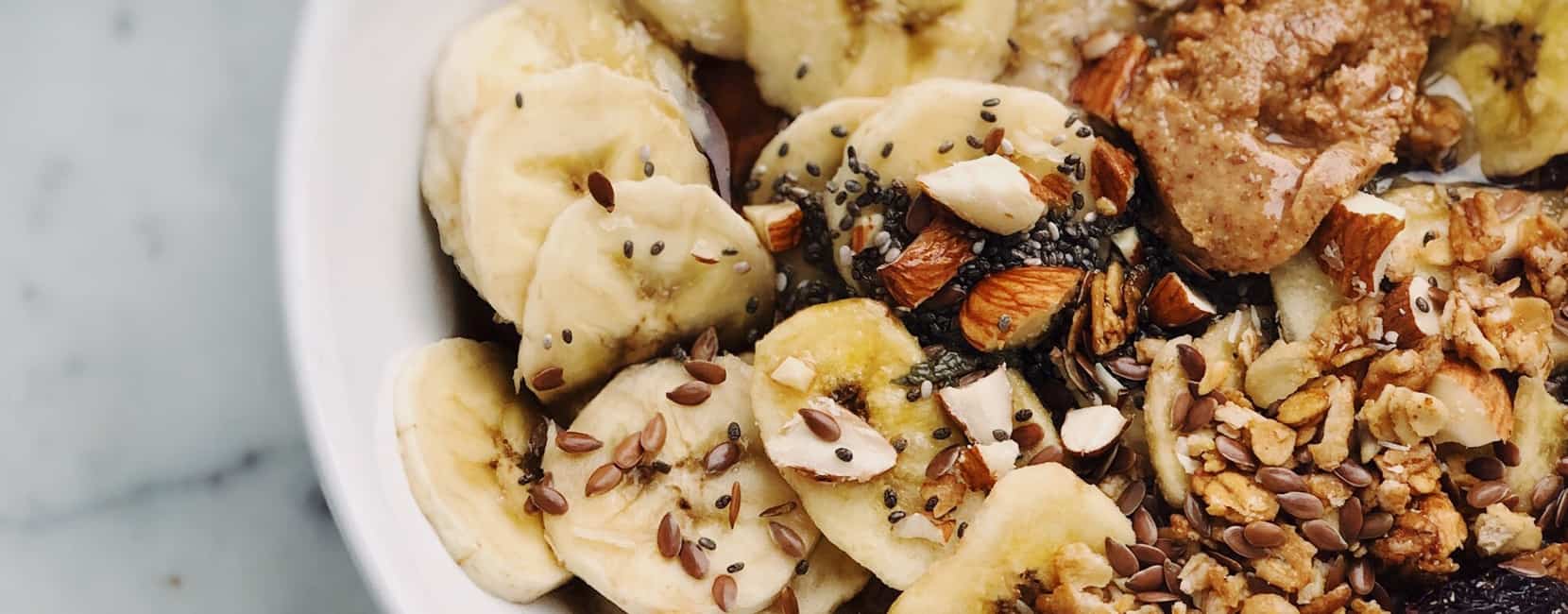

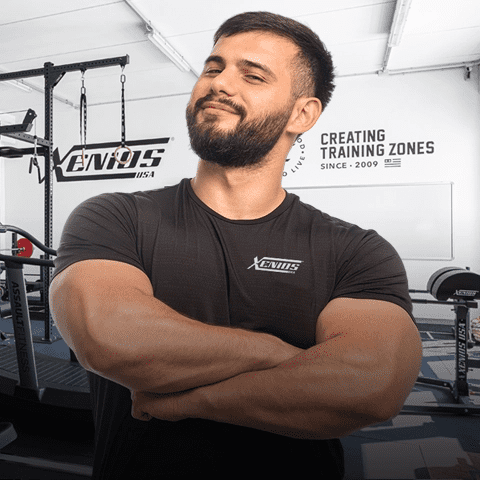
 Since 2009, we’ve been by your side, helping you create the perfect training spaces for Cross Training Boxes, Personal Trainer Studios, and professional Home Gyms.
Since 2009, we’ve been by your side, helping you create the perfect training spaces for Cross Training Boxes, Personal Trainer Studios, and professional Home Gyms.

